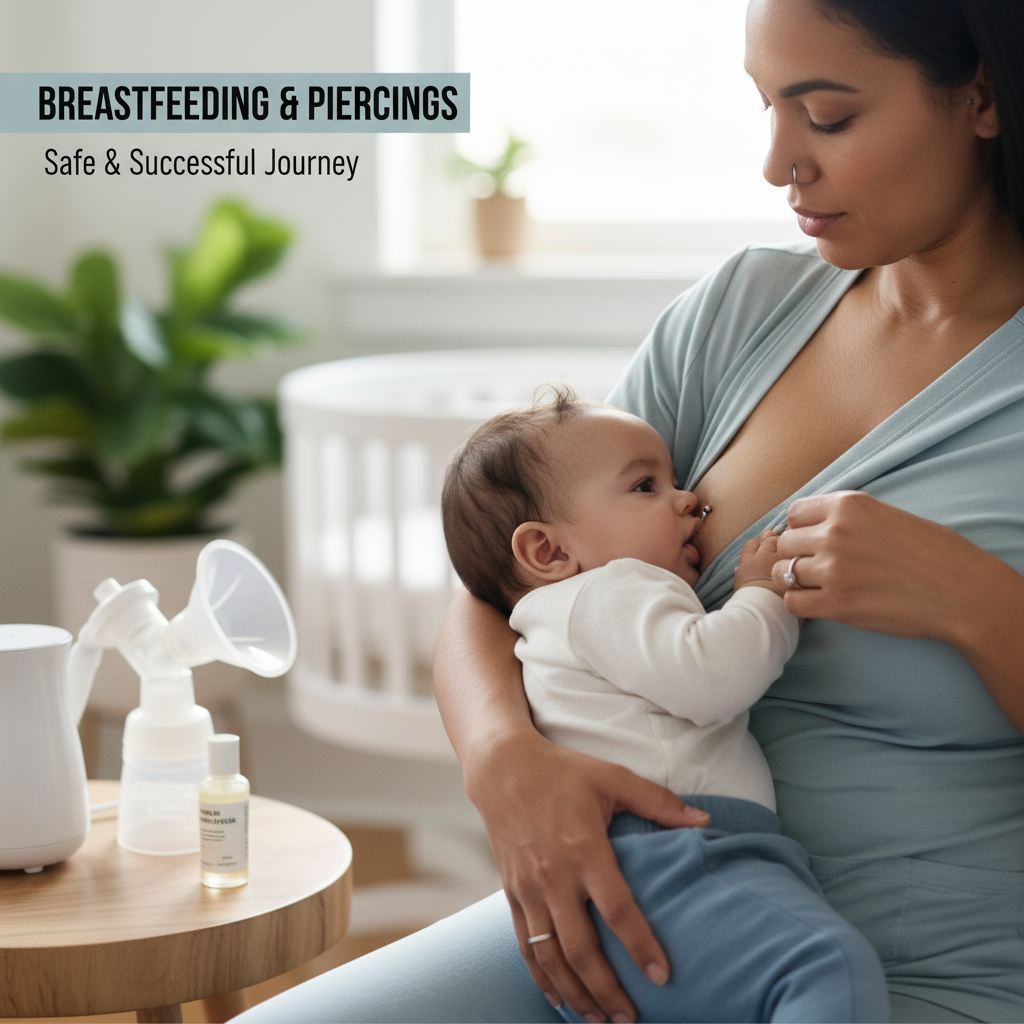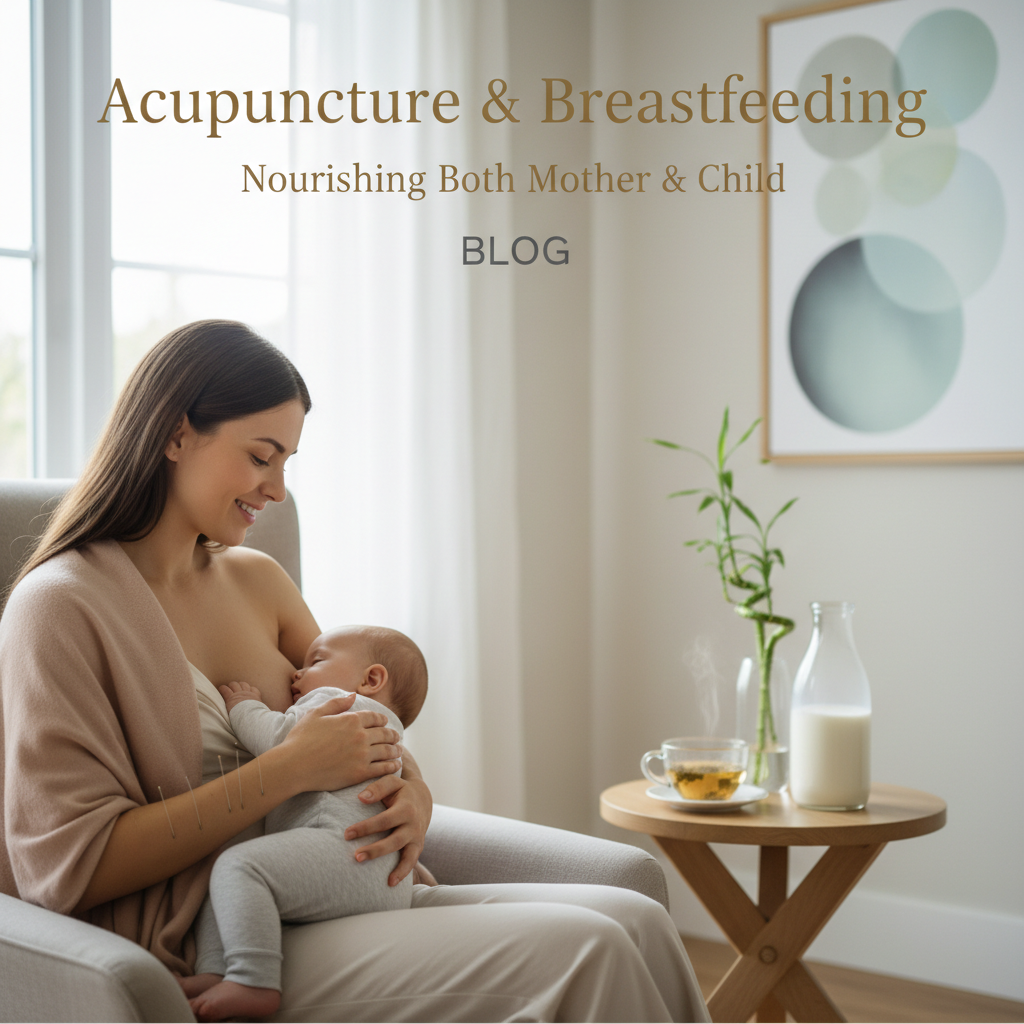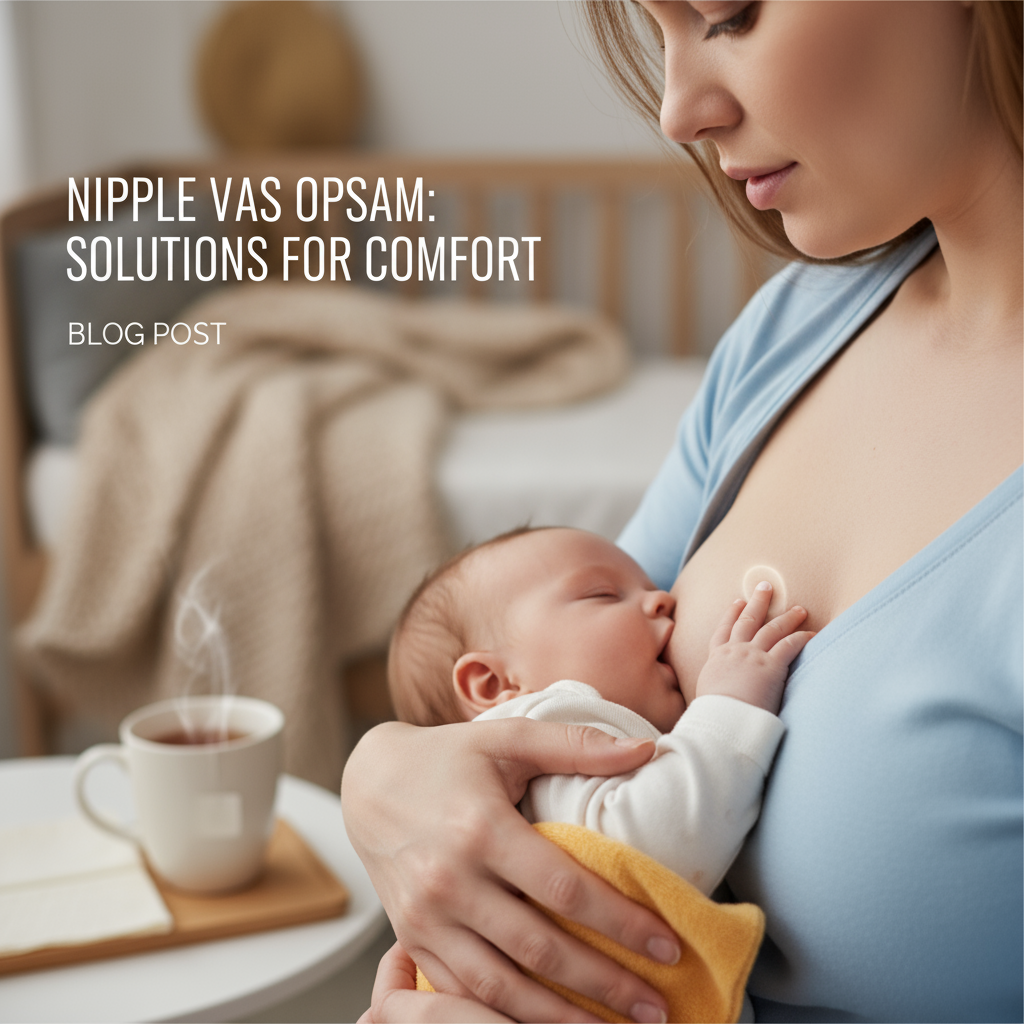
Breastfeeding with Piercings: What You Need to Know for a Safe and Successful Journey
For new or expectant parents with body jewelry: this guide is for you. You might be worried about pain, infection, low milk supply, or whether your baby can latch safely — and maybe you’ve been told conflicting advice online or by well-meaning relatives. Learn more about low milk supply. Our lactation-informed team helps people navigate breastfeeding with piercings by explaining risks, practical steps, and when to call a clinician, so you can make calm, safe decisions that fit your body and goals.
Can you breastfeed with nipple piercings?
Short answer: yes, many people successfully breastfeed with nipple piercings. But there are real considerations (infection risk, scar tissue, and baby swallowing jewelry) that change the approach. From what I've seen, the outcome depends on timing, piercing location, and how well you care for the piercing before and during nursing.
Why it usually works
Nipple piercings don’t automatically stop milk production because milk supply is driven by hormones and sucking stimulation. If the milk ducts and nerves weren’t significantly damaged during piercing, milk will still flow. That said—piercings placed very deep or with repeated trauma can cause problems, so context matters.
Do nipple piercings affect latch or milk supply?
Sometimes. Here's how:
- Latch mechanics: Jewelry can physically interfere with how your baby takes the breast, especially in the first few weeks when latching is still being learned.
- Scar tissue: If a piercing healed with a lot of scar tissue, nipples might be less elastic; that can alter latch comfort for you and the baby.
- Nerve damage: Significant nerve injury is rare but can reduce nipple sensation, which could lower milk production signals in some people. Learn more about lower milk production signals.
Learn more about how nipple piercings can affect latch or milk supply.
Signs your piercing may be causing latch or supply problems
- Painful, sliding or shallow latch that doesn’t improve after 48–72 hours. Learn more about Painful, sliding or shallow latch.
- Sustained decrease in baby’s wet/dirty diapers (fewer than 5 wet diapers by day 5 is a red flag)
- Noticeable change in milk output or breast fullness that doesn’t respond to pumping or frequent feeding
Should you remove nipple jewelry before breastfeeding?
Yes — most lactation consultants and pediatricians recommend removing jewelry before each nursing session. Why? Because loose jewellery can dislodge and pose a choking hazard. Also, metal can pinch fragile baby skin or increase discomfort for you while baby latches.
Keep the jewelry in a clean container (not your pocket) and wash your hands before replacing it. If your piercing is new or still healing, you should leave jewelry in per the piercer’s and clinician’s advice, but avoid nursing until the piercing is fully healed (see timeline below).
When is it safe to nurse with a healed nipple piercing?
Timing matters. Most professional piercers and health professionals advise waiting until the piercing is fully healed before attempting to breastfeed. Healing time varies by person and piercing style, but here are practical milestones:
- Initial healing (closed environment, minimal external movement): often 6–8 weeks
- Full maturation (reduced sensitivity, stable tract): often 3–6 months
- If you have any redness, drainage, or pain — treat it as unhealed and avoid nursing on the affected side until cleared
I've noticed—people often think “healed” means "no pain anymore." But a healed piercing should also be stable (no new drainage) and non-tender for at least 2–4 weeks.
How to prepare piercings before pregnancy and during pregnancy
Thinking ahead helps. If you're planning pregnancy or are pregnant, follow these steps so nursing later is easier:
- Consider removing jewelry at least 3 months before trying to conceive if you plan to nurse later—this gives the piercing more time to settle;
- Keep piercings clean with saline and avoid over-manipulation (yes, that means less fiddling);
- Talk with your piercer and a lactation consultant early—get a plan for the third trimester and postpartum period;
- Document any unusual scar tissue or sensitivity so you can discuss it with your clinician after delivery.
How to practice safe breastfeeding with piercings
Okay, practical steps. These are the things you can do right away to reduce risks and increase comfort when nursing with piercings.
Before feeding
- Remove jewelry every time you nurse (unless medically advised otherwise).
- Wash your hands and the area gently with warm water; avoid harsh soaps or alcohol wipes that dry skin.
- Position baby for an optimal latch—consider a football hold or laid-back nursing if the piercing changes nipple shape.
During and after feeding
- Watch the baby’s mouth—not the jewelry—so you can tell if anything slips.
- If the baby swallows a small ring or barbell, stay calm: call your pediatrician or local ER right away (they’ll advise observation vs. imaging); keep packaging or photos of the jewelry handy for clinicians).
- Apply lanolin or a recommended nipple moisturizer if you have friction-related soreness (check for baby-safe products).
- Replace jewelry only after thorough hand-washing and, ideally, after the area is dry; store pieces in a clean container.
Signs of infection or problems to watch for
Recognize trouble early. These signs mean you should contact a clinician or piercer:

- New, increasing redness or warmth around the piercing
- Yellow, green, or foul-smelling drainage
- Fever or chills
- Constant, severe pain that doesn’t ease with time or home care
- Baby appears to have difficulty breathing or seems to have swallowed jewelry
In my experience, most infections present within the first 6–12 weeks after piercing, but complications can occur later, especially if jewelry is swapped frequently or hygiene slips.
What about other body modifications and breastfeeding?
Body modifications beyond nipple piercings can affect breastfeeding too—think chest tattoos, scar tissue from previous surgeries, or large-gauge piercings near the breast. Generally:
- Tattoos over the breast don’t usually interfere with milk supply unless the tattoo required extensive scar tissue that damaged ducts.
- Scar tissue from chest surgery (implants, reductions) may disrupt ducts or nerves; some people still produce plenty of milk—some produce less. Ask for a pre-delivery lactation consult so you have a plan.
- Expect variability—there’s no one-size-fits-all rule.
When to get professional help
Call a lactation consultant or your clinician if:
- Your baby won’t latch and removing jewelry doesn’t help;
- You have signs of infection listed earlier;
- You’re unsure whether a piercing is healed enough to attempt nursing;
- Your milk supply drops suddenly and stays low despite frequent feeding and pumping.
If this feels overwhelming, our lactation team can assess your specific piercing, observe a feeding, and make a tailored plan—so you don’t have to guess alone.
Quick checklist: nursing with piercings
- Remove jewelry before every feed (if piercing is fully healed).
- Keep the site clean and dry; use saline if needed.
- Know signs of infection and have a plan for emergency removal or medical review.
- Seek lactation support early—within 24–72 hours after birth if you have concerns.
- Keep replacement jewelry secure and out of reach of the baby.
Common questions people search for
Can nipple piercings cause your baby to choke?
Choking risk exists if jewelry becomes loose and dislodges. That’s why removing jewelry before feeds is the safest policy. If you believe your baby swallowed a piece, call your pediatrician or go to the ER—bring the jewelry or a photo so clinicians know what to look for.
Will breastfeeding remove my piercing?
Breastfeeding itself usually won’t remove a healed piercing, but repeated trauma during latch could irritate the tract or encourage jewelry migration. Be gentle with repositioning and check for movement of the jewelry regularly.
Is it better to remove piercings during pregnancy?
If you’re early in pregnancy and the piercing is problematic, removing jewelry can reduce infection and migration risks. But if the piercing is healed and comfortable, many people keep it and simply remove jewelry during nursing. Talk to your piercer and clinician for a personalized recommendation.
Final thoughts — practical, not preachy
Here’s the deal: nursing with piercings is doable for many people, but it’s not automatic. Clean piercings, careful jewelry removal, good latch technique, and timely support are the difference between a frustrating start and a successful nursing relationship. I’d argue that planning ahead (talk to your piercer and a lactation consultant before delivery) cuts the stress in half—let that be your starting move.
FAQ
How long after getting a nipple piercing should I wait to breastfeed?
Wait until the piercing is fully healed and non-tender, often at least 3 months for stable healing—longer if you had complications. If in doubt, get a clinician to evaluate the site before attempting breastfeeding.
Can I breastfeed if one nipple is pierced and the other isn’t?
Yes. You can breastfeed from both breasts as tolerated. Many people offer both sides to keep supply balanced, removing jewelry before feeds on the pierced side.
What if my baby bites down on my jewelry while nursing?
Stop the feed and remove the baby immediately from the breast if biting happens. Inspect the jewelry and the baby’s mouth. If the jewelry is loose or the baby swallowed a piece, seek medical advice right away.
Do I need antibiotics if my piercing gets infected while I’m breastfeeding?
Sometimes antibiotics are necessary, sometimes topical care and drainage suffice—depends on infection severity. Discuss with your clinician; many antibiotics are compatible with breastfeeding, but your doctor will pick one that’s safe for you and your baby.
Where can I get in-person help?
Look for an IBCLC (International Board Certified Lactation Consultant) or maternity clinic that knows about body modifications. If this feels overwhelming, reach out to a lactation team (we can help observe a feed, assess the piercing, and make a simple plan).




